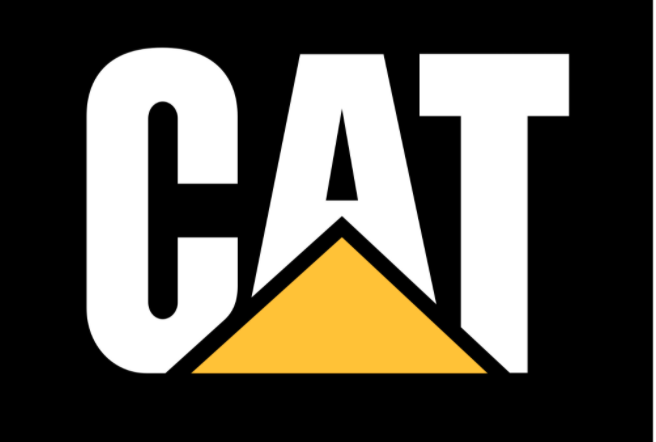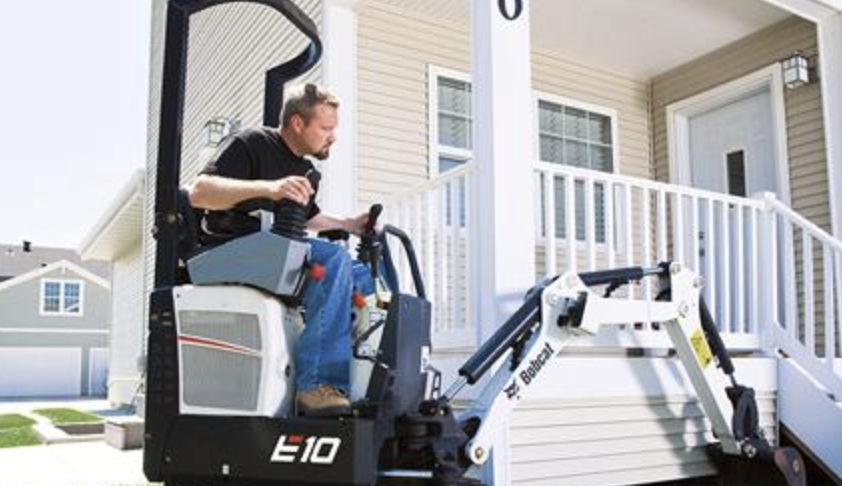Caterpillar Digger Information

Quick Facts about Caterpillar
Caterpillar Inc. (often shortened to CAT) is an American Fortune 100 corporation that designs, develops, engineers, manufactures, markets, and sells machinery, engines, financial products, and insurance to customers via a worldwide dealer network. It is the world's largest construction-equipment manufacturer. In 2018, Caterpillar was ranked number 65 on the Fortune 500 list and number 238 on the Global Fortune 500 list. Caterpillar stock is a component of the Dow Jones Industrial Average. Caterpillar Inc. traces its origins to the 1925 merger of the Holt Manufacturing Company and the C. L. Best Tractor Company, creating a new entity, California-based Caterpillar Tractor Company. In 1986, the company reorganized itself as a Delaware corporation under the current name, Caterpillar Inc. Its headquarters are located in Deerfield, Illinois; it announced in January 2017 that over the course of that year, it would relocate its headquarters from Peoria, Illinois, to Deerfield, Illinois, scrapping plans from 2015 of building an $800 million new headquarters complex in downtown Peoria. The company also licenses and markets a line of clothing and workwear boots under its Cat / Caterpillar name. Caterpillar machinery is recognizable by its trademark "Caterpillar Yellow" livery and the "CAT" logo.
Caterpillar Company History
Caterpillar Company formed (1925) A 60-horsepower Caterpillar Sixty being used for road work in the Cibola National Forest, New Mexico, United States in 1931 The banks and bankers who held the company's large debt forced the Holt board of directors to accept their candidate, Thomas A. Baxter, to succeed Benjamin Holt. Baxter initially cut the large tractors from the company's product line and introduced smaller models focused on the agricultural market.
When the Federal Aid Highway Act of 1921 funded a US$1 billion federal highway building program, Baxter began refocusing the company towards building road-construction equipment. Both companies also faced fierce competition from the Fordson company. Between 1907 and 1918, Best and Holt had spent about US$1.5 million in legal fees fighting each other in a number of contractual, trademark, and patent infringement lawsuits. Harry H. Fair of the bond brokerage house of Pierce, Fair & Company of San Francisco had helped to finance C. L. Best's debt and Holt shareholders approached him about their company's financial difficulty.
Fair recommended that the two companies should merge. In April and May 1925, the financially stronger C. L. Best merged with the market leader Holt Caterpillar to form the Caterpillar Tractor Co. The new company was headquartered in San Leandro until 1930, when under the terms of the merger, it was moved to Peoria. Baxter had been removed as CEO earlier in 1925, and Clarence Leo Best assumed the title of CEO, and remained in that role until October 1951.
The Caterpillar company consolidated its product lines, offering only five track-type tractors: the 2 Ton, 5 Ton, and 10 Ton from the Holt Manufacturing Company's old product line and the Caterpillar 30 and Caterpillar 60 from the C. L. Best Tractor Co.'s former product line. The 10 Ton and 5 Ton models were discontinued in 1926. In 1928, the 2 Ton was discontinued. Sales the first year were US$13 million. By 1929, sales climbed to US$52.8 million, and Caterpillar continued to grow throughout the Great Depression of the 1930s. Caterpillar adopted the diesel engine to replace gasoline engines. During World War II, Caterpillar products found fame with the Seabees, construction battalions of the United States Navy, which built airfields and other facilities in the Pacific Theater of Operations. Caterpillar ranked 44th among United States corporations in the value of wartime military production contracts. During the postwar construction boom, the company grew at a rapid pace, and launched its first venture outside the U.S. in 1950, marking the beginning of Caterpillar's development into a multinational corporation.
In 2018, Caterpillar was in the process of restructuring, closing a demonstration center in Panama and a engine-manufacturing facility in Illinois.
Caterpillar Manufacturing
Caterpillar products and components are manufactured in 110 facilities worldwide. 51 plants are located in the United States and 59 overseas plants are located in Australia (until 2015), Belgium, Brazil, Canada, China, Czech Republic, England, France, Germany, Hungary, India (Tiruvallur), Indonesia, Italy, Japan, Mexico, the Netherlands, Northern Ireland, Poland, Russia, Singapore, South Africa, and Sweden. Caterpillar's historical manufacturing home is in Peoria, Illinois, which also has been the location of Caterpillar's world headquarters and core research and development activities. Although Caterpillar has contracted much of its local parts production and warehousing to third parties, Caterpillar still has four major plants in the Peoria area: the Mapleton Foundry, where diesel engine blocks and other large parts are cast; the East Peoria factory, which has assembled Caterpillar tractors for over 70 years; the Mossville engine plant, built after World War II; and the Morton parts facility.

Caterpillar Mini Excavators 300.9D
The Cat 300.9D tiny excavator combines power and performance in a small package to help you get the job done in confined spaces. Its capacity to fit through a tight doorway makes it ideal for demolition operations indoors.
Operational Data
Operating Weight - Without Safety Frame
935 kg Digging Force - Bucket
8.9 kN Digging Force - Stick 4.5 kN
Operating Weight - With Safety Frame 985 kg
Engine
Net Power 9.6 kW
Engine Model Yanmar 31NV70
Rated Speed 2100 r/min
Maximum Engine Output 13.7 kW
Gross Power - ISO 14396 13.7 kW
Diesel Tank Volume 10 l
Displacement 854 cm³
Flywheel Output ISO 9.6 kW
Battery 12 V, 20 Amp
Type Water cooled model 3-cylinder diesel engine
Make/Type Yanmar 31NV70
Emissions Meets U.S. EPA Tier 4 Final/EU Stage V emission standards.
Copyright © 2021 MD Digger Hire Sussex